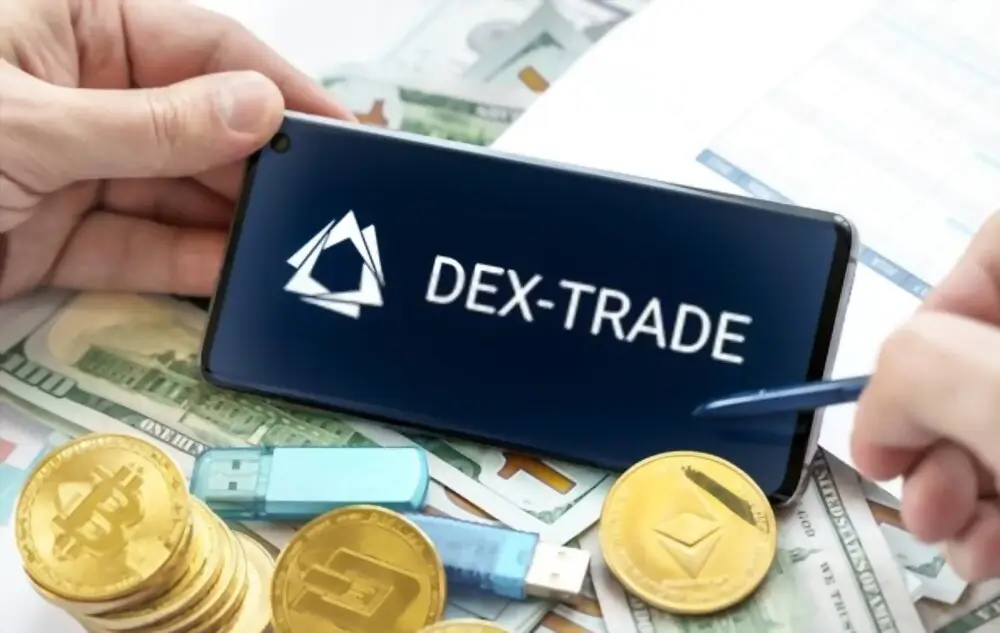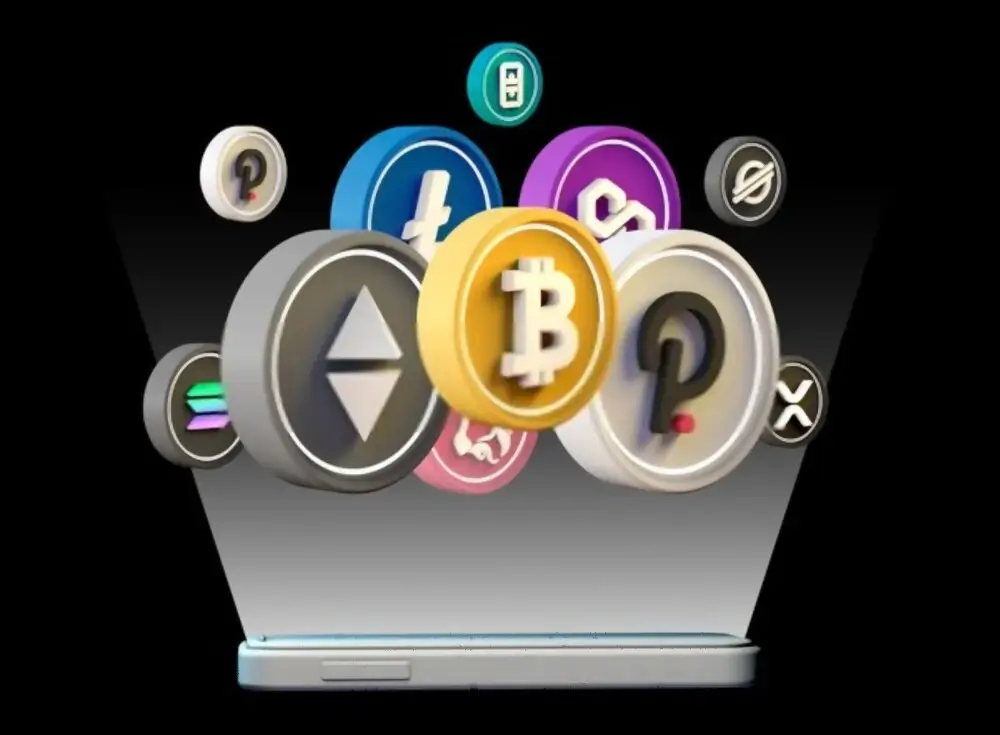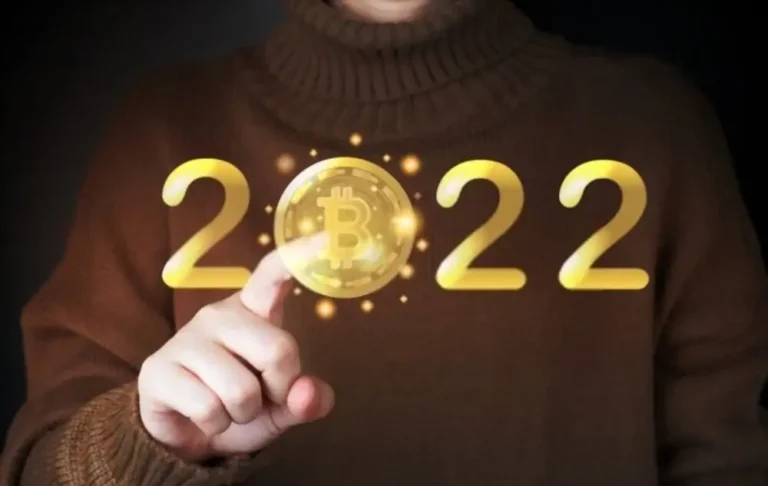How To Swap Cryptocurrency – 3 Simple Ways
With the development of the cryptocurrency market, new initiatives with their own blockchain systems and coins start to appear with the intention of attaining specific goals.
Some of them aim to surpass Ethereum as well as provide developers with improved scalability, reduced to no fees, and additional benefits. Others are designed exclusively for usage in decentralized applications, including online casinos or cryptocurrency loan businesses.
So why and how to swap cryptocurrency? Eventually, we will want to swap one cryptocurrency for another, just the same as we would do with dollars, euros, and yen, due to the incredible variety of opportunities accessible. Let us learn about the different ways to switch between cryptocurrencies.
How to Swap Crypto: 3 Simple Ways
The 3 simple ways to swap cryptocurrencies for a non-technical user are OTCs, centralized exchanges, and decentralized exchanges. Let us glance at their upsides and downsides.
- Centralized Exchanges
Over the past few years, as the desire for cryptocurrencies has increased immensely, a substantial percentage of centralized exchanges have arisen to fulfill the demand.
They typically compete with one another depending on the proportion of trading pairings. A trading pair allows you to do that at reduced or even free pricing when trading cryptocurrencies.
Such diversity does, therefore, come with a price. Because most of the clients of these exchanges are traders, the platforms have to modify their offerings accordingly. This makes it very difficult for ordinary people to take part.
The following are some disadvantages of this approach:
- A challenging interface.
Indicators, charts, lists, and other features abound, making it simple for a user who has yet to be prepared to find their way around.
- There are costs everywhere.
You will have to make payments at each stop on the way, from the first transfer to the final payout. This is done in order to execute a smooth transaction and swap one cryptocurrency for yet another.
Despite the fact that centralized exchanges generally make their terms and conditions explicit, their absence of transparency makes them very prone to manipulation. As a result, you may need to realize how much money you will have in your wallets, after all, is said and done.
- Cost variations.
Due to the high level of volatility associated with cryptocurrencies, the value of a commodity may fluctuate even quickly after you complete the transaction. Your order might not be fulfilled, in which case you will be required to repeat the entire procedure in order to finish the transaction.
- Regional restrictions.
It can be challenging to locate a platform that would function in your area as cryptocurrencies still are largely considered to be in the legal grey area, and many areas have exchange prohibitions.
- Decentralized Exchanges

Since they were first developed, DEXs have been capable of addressing some of the difficulties with centralized exchanges for which they have been originally intended.
Since the money is transferred from one user’s wallet to another, there is no need for authentication. Because they are “decentralized,” they are available everywhere throughout the world and are, therefore, not dependent on a particular centralized server.
Decentralized exchanges do, however, have a number of significant disadvantages.
- Minimal liquidity
Since decentralized exchanges are not really well recognized. This has a negative influence on their availability. It would be challenging to trade a large amount of money.
- A limited number of assets.
Projects that lack the funding to list on significant centralized exchanges constantly find acceptance on DEXs. There are only a few different currencies that may be swapped, and most of the time, these are all the resources that the general public needs to become acquainted with.
- OTCs
The simplest method for a non-technical customer to swap cryptocurrencies is generally through over-the-counter exchanges or OTCs. Typically, they employ an API to integrate with centralized exchanges and deliver their users a basic user interface devoid of all these puzzling statistics.
This currency, however, also has a negative side:
- Opacity.
Despite the fact that OTCs utilize centralized exchanges for their operations, the entire process is still completely opaque. Users might not ever understand the precise rate of exchange and might become victims of identity theft.
- The lowest possible rate.
The final rate would be substantially worse than with centralized exchanges since OTCs impose their additional charges on top of every transaction.
- The KYC process is complicated.
This could take several days, weeks, or perhaps even months for a newbie to obtain account verification on various exchanges because the verification process could be quite challenging.
What Does It Cost To Swap Cryptocurrency?
The costs associated with exchanging cryptocurrency vary depending on the chosen payment method and platform or venue.
For instance, when trading on a decentralized exchange, you must account for the exchange’s cost and the “network fee” connected with using blockchain technology. For using their services, decentralized exchanges generally charge the least.
In addition, exchanging services imposes additional charges for making trades conceivable. It frequently makes sense to avoid completing many small trades since you will generally pay lesser total fees for bigger trades.
FAQs
Can you exchange cryptocurrency in a wallet?
You can directly exchange tokens from your smartphone or desktop wallets. The Swaps function integrates information from market makers, DEXs, and decentralized exchange aggregators to ensure you receive the best price with the smallest network fees.
Is exchanging cryptocurrency expensive?
Although more flexible, swapping follows a similar approach. Any cryptocurrency can be swapped for another, even if the pairing is not currently active on the spot price. Consequently, there would be no more repeated transaction costs. In most cases, ease is the more important factor in this scenario if you are just switching a modest quantity.
What is the point of exchanging cryptocurrency?
Swap enables the quick exchange of two non-native tokens across two distinct blockchain protocols with no need to start the customary crypto-to-fiat swap or token migrations.
Conclusion
After purchasing a cryptocurrency or virtual currency with fiat, you have access to foreign of swapping one cryptocurrency for another.
As there are no conventional currencies involved, unlike when purchasing or trading cryptocurrency, swapping does not require access to traditional financial methods. Knowing how to swap cryptocurrency, you can easily swap cryptocurrencies using any of the above methods.







